Collecting user-generated content or UGC has become an integral part of many successful marketing campaigns.
One reason is that you build a repository of helpful and engaging content to publish.
More importantly, people are 10 times more inclined to trust your brand and buy from you when you publish user-generated content on your website and social media accounts.
That’s because UGC, like reviews and social media posts, are created by your users and existing customers based on their experience and opinions about your brand and products.
The challenge, of course, is getting your customers to create them.
That’s why I’ll be sharing with you today 9 tips to get more user-generated content for your brand that you can start doing today.
Ask For Feedback From Users
There’s a saying: “You have not because you ask not.”
If you want your customers to leave you a review of your product or brand, then go ahead and ask them.
One way you can do this is by sending them an email like this one from Gecko.
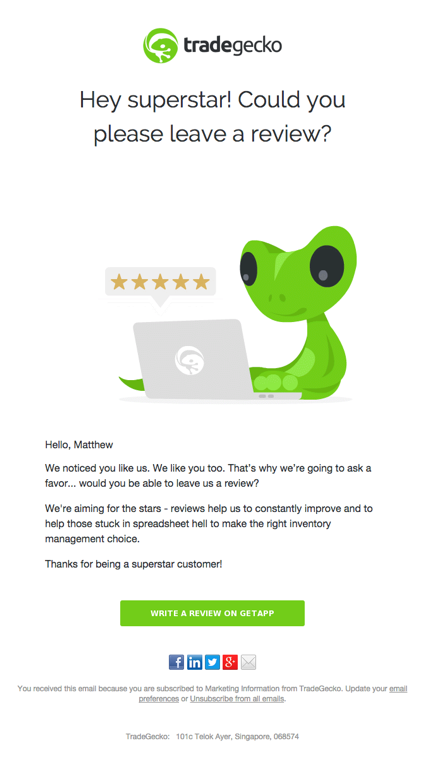
Another way is by adding a form right below your content for customers to fill up.
Hosting Canada makes it easy to curate reviews of online hosting providers by providing a “Leave a review” CTA at the bottom of each of their reviews.
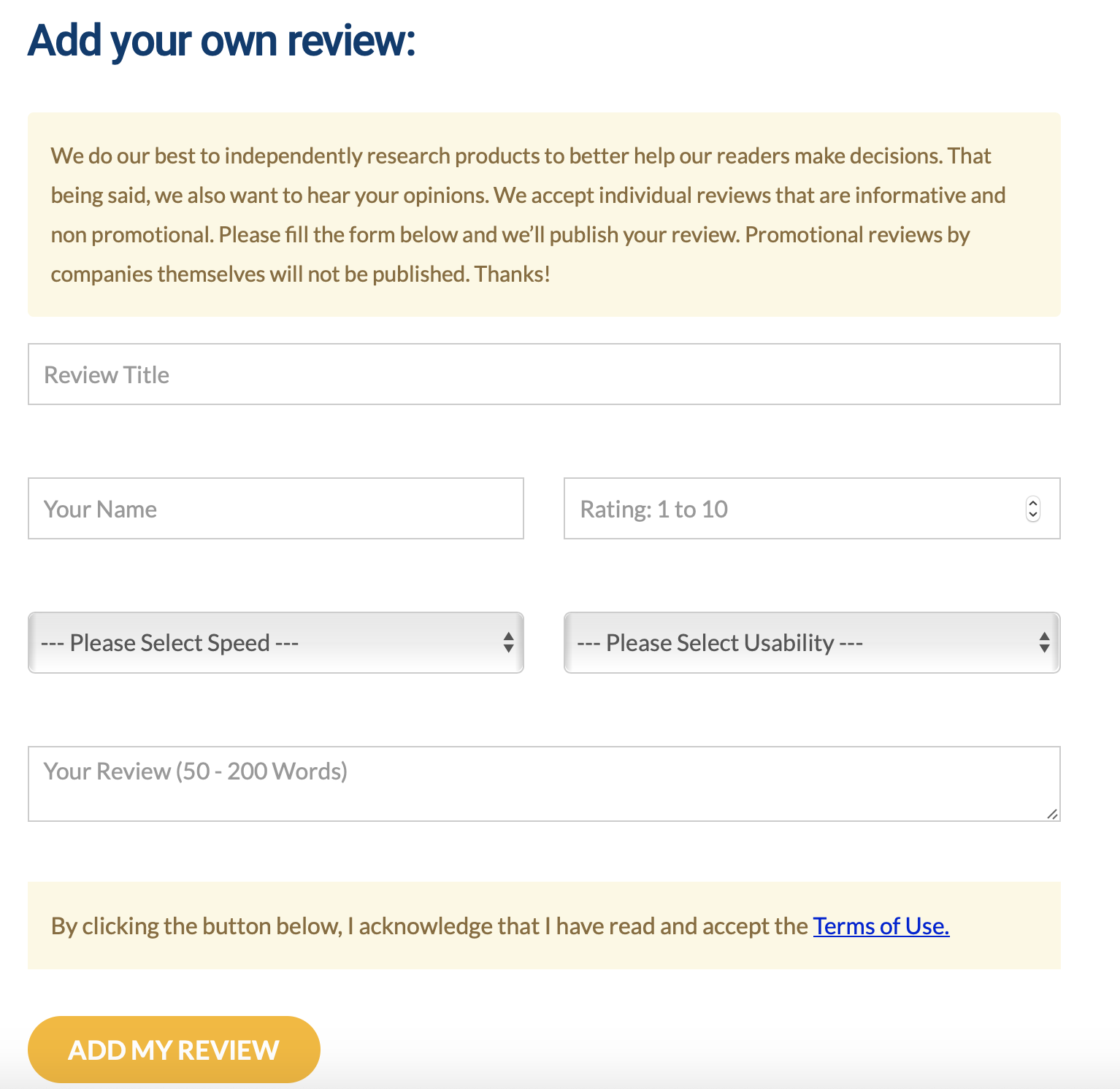
Right underneath this are the reviews left by past and current customers of the product being reviewed.
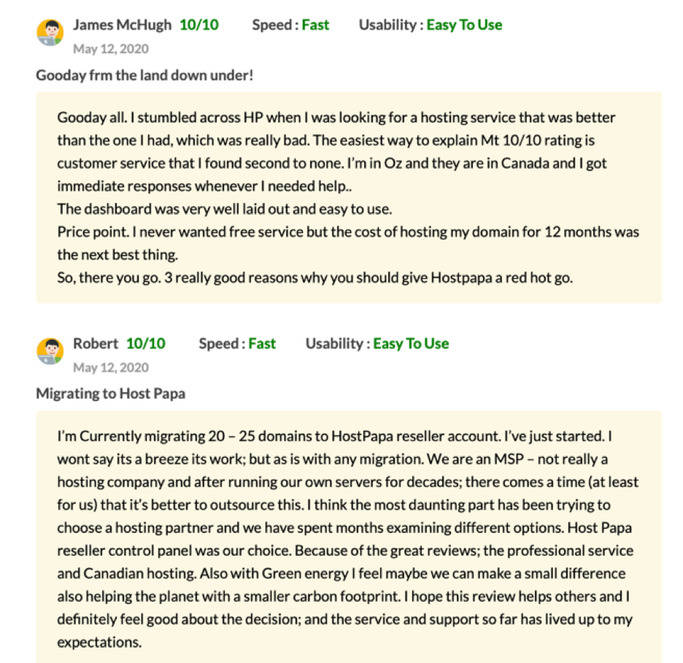
Create a unique hashtag
Creating your brand’s very own hashtag helps promote your brand on social media channels like Twitter and Instagram. You can also use social media management tools for the best results in social media marketing.
At the same time, it helps you find posts your customers published on their respective accounts.
Here’s a snapshot of user-generated content created that included #socialpilot in their descriptions:
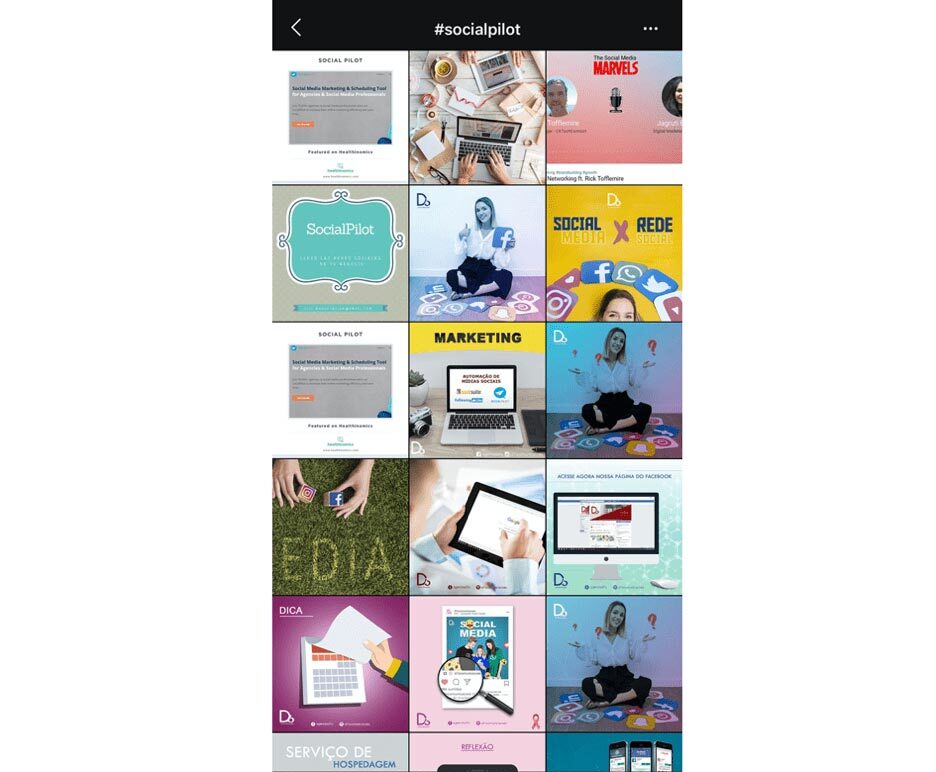
What’s great about this is that the user-generated content’s already published. All you’ll need to do is to reach out to these users and ask if you can repost their content on your website or other social media accounts.
Many of them will be happy to let you. After all, who doesn’t like added exposure for their accounts?
Launch a contest on Instagram
Hosting a contest on Instagram is another way for you to get more user-generated content for your brand.
A perfect example of this is the #RedCupContest Starbucks hosts on Instagram every December.
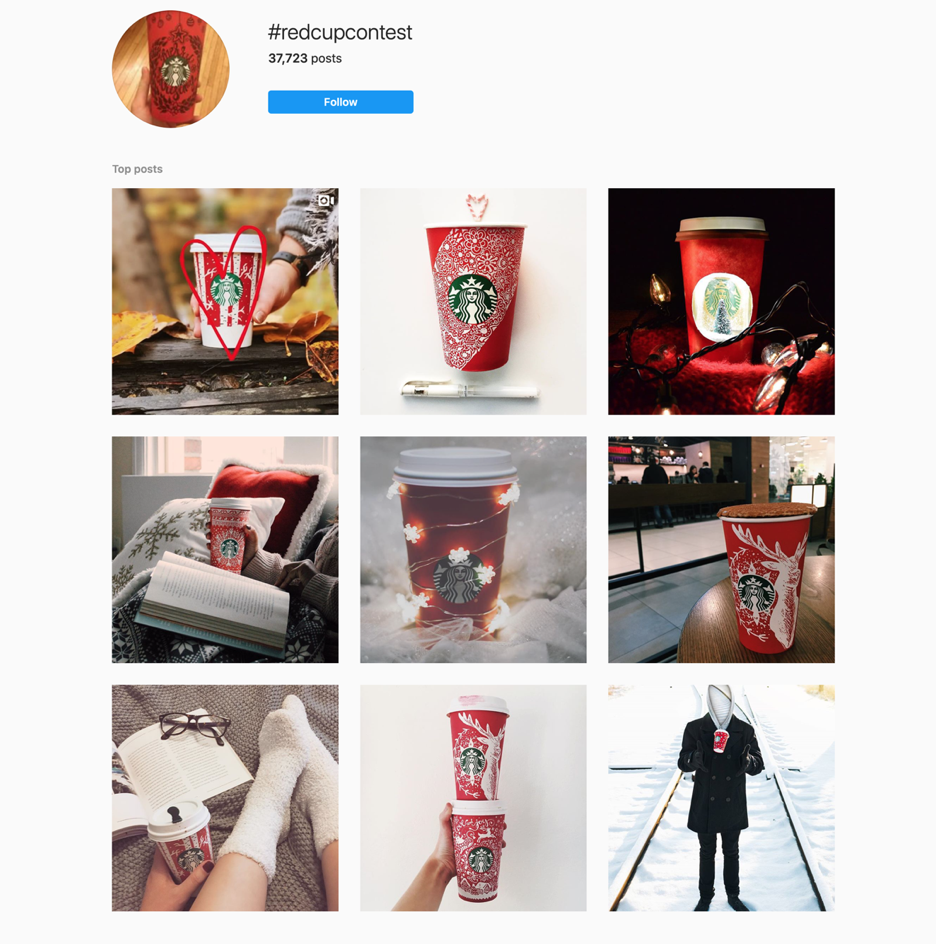
Not only did the contest give Starbucks more than 30,000 user-generated content for them to use throughout the holiday season, but it also positively impacted their sales. After all, you’ll need to buy a Starbucks drink in a red cup to participate.
When launching a contest, be sure to clearly state the rules for your contest – including how users can participate.
For example, you might put up a Facebook-only contest that asks customers to create a Facebook post explaining what they love most about your brand.

Listen to your users’ social conversations.
At any given time, your happy customers would recommend your products and services on social media.
Social media automation platforms can help you keep track of these conversations as they happen. That way, you can thank them for the kind words and also request if it’ll be possible for them to work with you by creating a UGC.
These tools come with social media analytics that’ll help you track and evaluate which user-generated content is performing and at which social media channels.
Based on the data you’ve gathered, you can tap these users and work out an arrangement so that they can continue.
Gain some ground with influencers
Working with influencers who are also your customers benefits your brand in two ways.
First, they know what types of content will resonate well with your target audience. That way, you ensure that the UGC they’ll be creating for you will yield results.
Second, since they already have a substantial following and are highly respected within their niche, it’ll give your brand and product a boost.
For example, vlogger and success coach, Amy Landino, is known for her organization and time management hacks. As someone who admits to practicing bullet journaling, she was one of the ideal influencers Ryder Carroll–the creator of the bullet journal system–could collaborate with when he launched his book on the Bullet Journal method.

Create an employee engagement program
Your employees are your brand’s most valuable assets for three reasons:
First, they’re the force that keeps your business running.
Second, they’re your best spokespeople when it comes to your brand.
In fact, the Edelman Trust Barometer shows that your customers are more willing to trust what your employees say over your senior leaders, stakeholders, or even you (OUCH)!
Lastly, your employees’ engagement levels have a direct impact on your business’ brand reputation and even your income.
One way to do this is by creating a social media account where your employees can publish content they’ve created.
HubSpot’s HubSpot Life Instagram account is a perfect example:
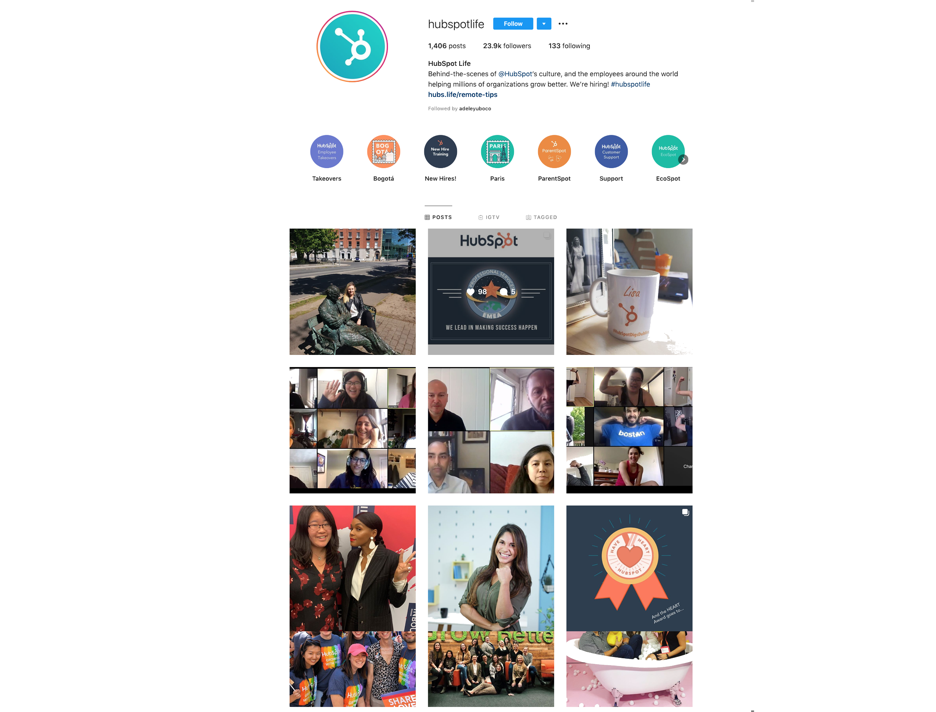
Each week, a HubSpot employee is selected from one of their offices worldwide. He or she is given full control of the account and what to post here.
As you can see, the result is a fantastic collage offering a glimpse of the company’s culture. Because of this, HubSpot is able to attract new hires who not only have the skills they need but also have the same values they uphold.
Create an ambassador program
An ambassador program can be a great way to encourage loyal fans and customers to create content for your brand consistently because you’re treating them like VIPs.
By becoming part of an exclusive clique and being treated to exclusive perks, your “ambassadors” are more likely to create content about your products and services.
To start an ambassador program, make sure you make the ground rules for users very clear. These may be about the kinds of posts they can create, what they aren’t allowed to mention vis-a-vis posting about your brand, and even how to use the perks and benefits that being an ambassador for your brand provides.
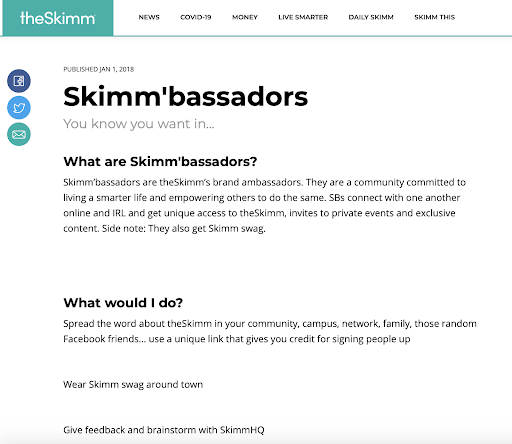
Create a compelling challenge
If you can come up with a challenge that both excites and pushes users either physically or creatively, this can make great content for your brand.
Many fitness content creators, for example, design a multi-day fitness challenge wherein users can participate and share their progress on their social media accounts.
You can find ways to integrate free challenges for your customers, and not only do you get potential content to curate for your marketing channels, but you also engage audiences in ways like never before.
And that’s not all. If your challenge is truly exciting to consumers, it even stands a chance to go viral, further increasing brand awareness and retention.
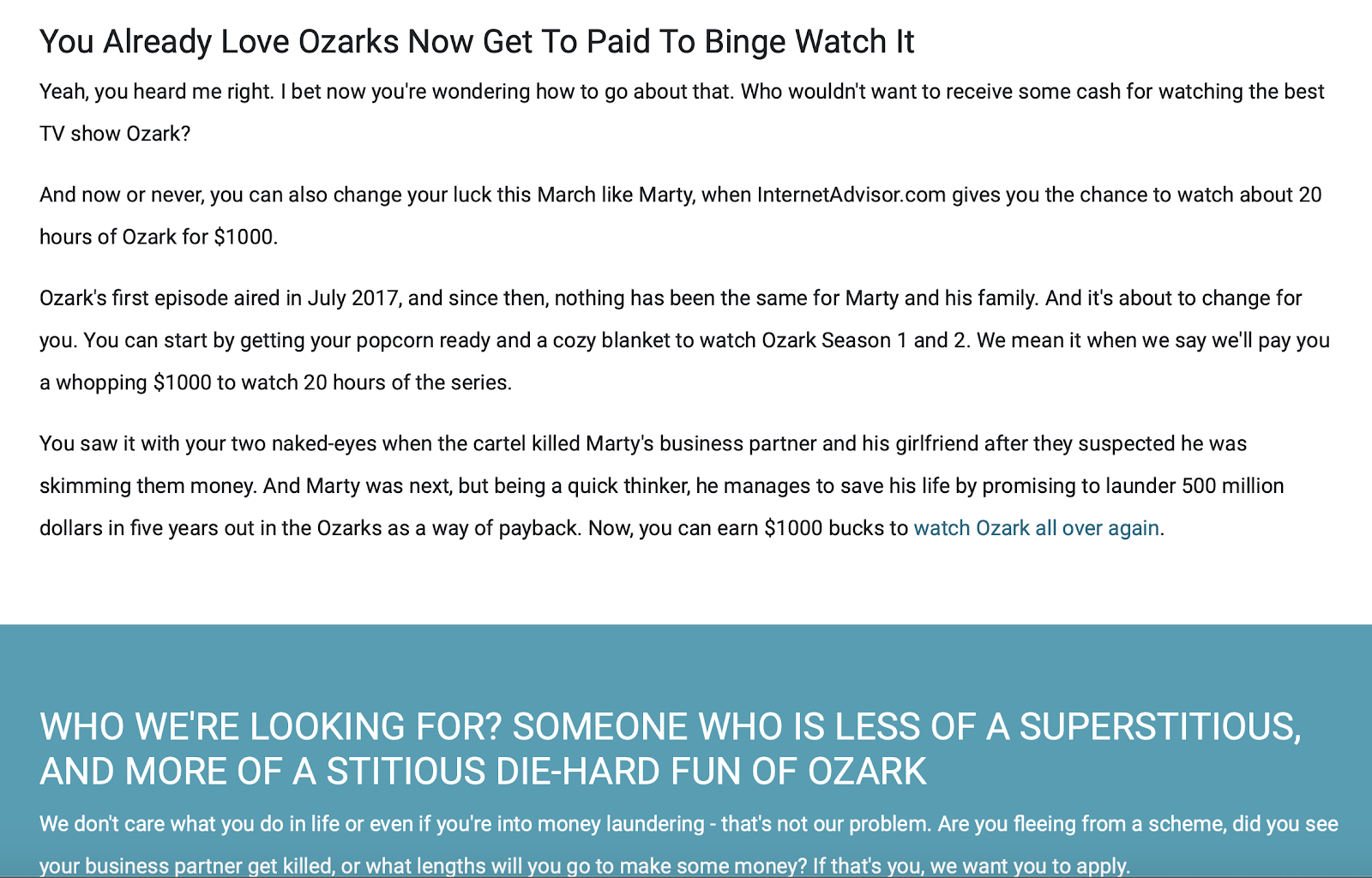
Offer your customers an incentive
I know you’re probably thinking: isn’t this like bribing your customers to get user-generated content?
No, it isn’t. And here’s why.
As I’ve mentioned earlier, creating high-quality content’s not easy. If seasoned marketers struggle with this, imagine how much your customers would?
Offering them an incentive like G2’s Starbucks coffee treat they offered on Twitter is a way of you saying, “Thanks for taking the time to help.”
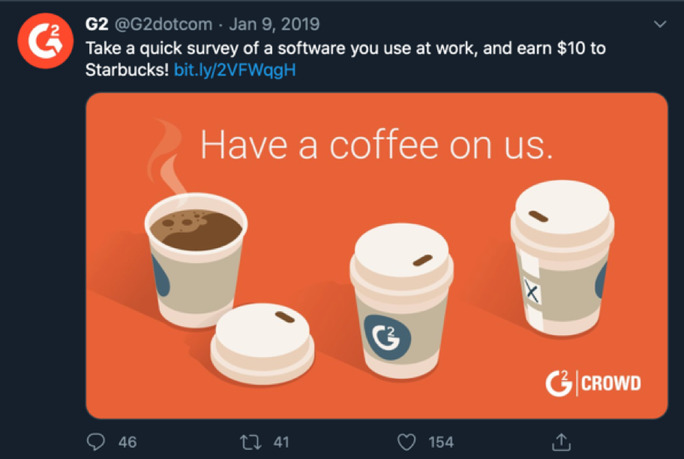
Besides, you won’t lose much when you nurture your relationship with your audience. Before long, you’ll be getting user-generated content even without incentives – because your fans are loyal enough to talk about your brand online on their own.
Best practices for getting more user-generated content for your brand
As you create your user-generated content campaign, here are a few best practices you’ll have to note moving forward.
Always credit back when reposting
If you repost any photos, quotes, or text that you didn’t create, credit them back to the original owner. On social media, this can be as simple as tagging the owner in your caption or over an image on Instagram.
Tagging, after all, will bring you more exposure. Especially Instagram image tagging, where the tagged post appears on both profile pages – yours and the account you tagged. The tagged section on Instagram works as a great UGC repository.
Are you slammed with managing Instagram tagging for multiple client accounts?
Use SocialPilot to tag multiple Instagram public profiles in your scheduled image post. No need to jump back to Instagram after scheduling your post. Simply, tag profiles anywhere in the image at the time of scheduling and create Instagram-ready posts directly from SocialPilot.
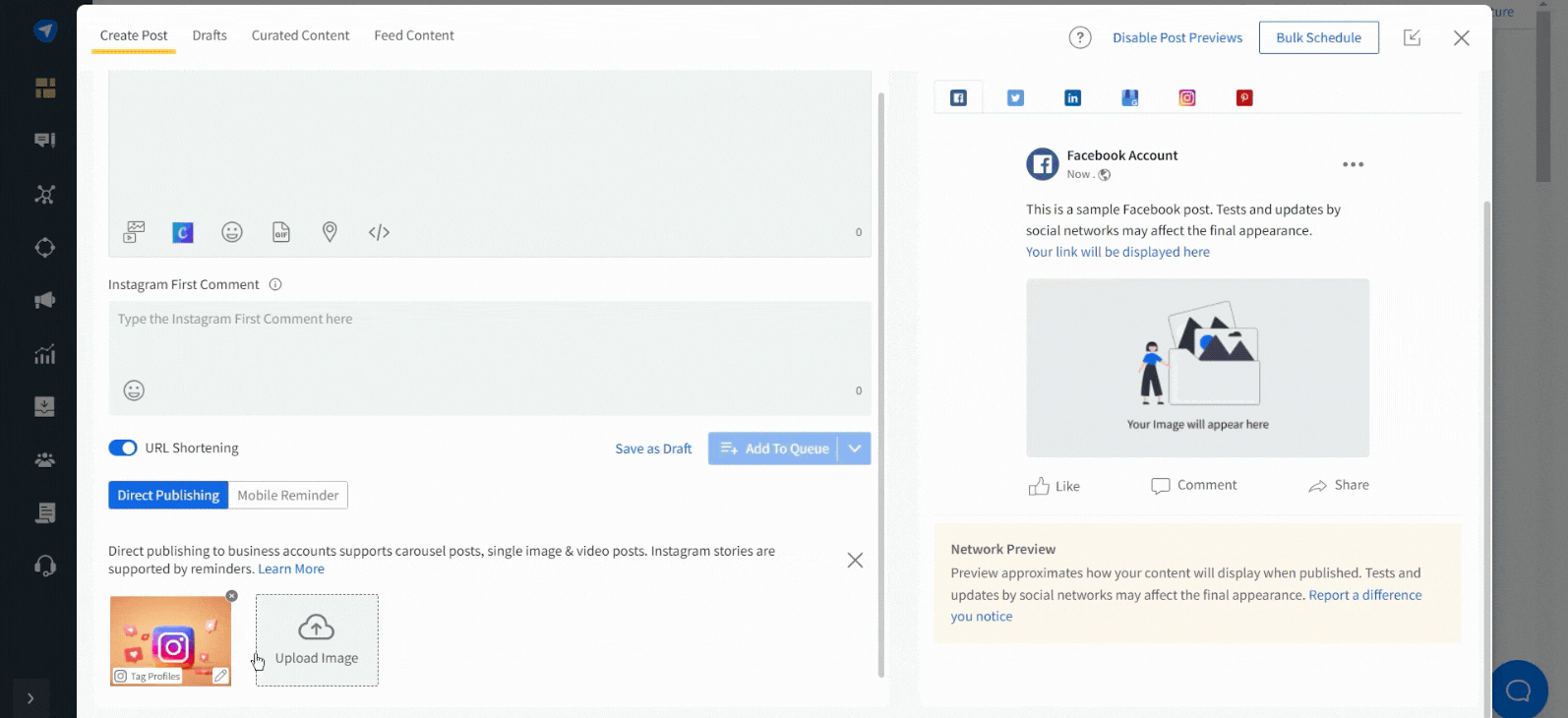
Start Your 14-day Trial
Ask permission to use photos or videos
If you intend to use photos or videos created by fans or customers in any of your brand material, you’ll need explicit consent from users.
Get in touch as best as you can to talk about fair compensation for using their work in your brand campaigns. If you’re unable to receive a reply, it’s best not to move forward with using user-generated content in your marketing campaigns.
Respect boundaries
Next, it’s essential to respect the boundaries and privacy of your users. Only curate and repost branded content if you saw you were tagged or mentioned or if your hashtag was used.
Put up full disclosures
Be sure to put up full disclaimers and disclosures about how you intend to use any user-generated content about your brand.
Explain that your business may most likely use these curated content across your social media channels and that you won’t compensate for reposted material.
Monitor new content with the right tools
Lastly, make the process of curating and monitoring user-generated content easier by using the best tools on the market. You’ll want to use content curation tools to help you spot fresh content about your brand.
Also monitor the performance of your user-generated posts with some analytics tools. Do they get better engagement? What type of user-generated content performed best?
Knowing this, you can refine your efforts even further to only curate the best posts, and think of new ways to keep getting high-quality, curation-worthy posts for your brand.
Final thoughts
Publishing user-generated content can significantly boost your brand’s reputation and your products, which will, in turn, help you generate more customers and increase your revenue.
Each of the tips shared in this blog post can help you get more user-generated content for your brand.
Results won’t happen overnight. But if you stay consistent, you’ll soon start receiving UGC from your satisfied customers.
And that’s the key.
More than anything, you need to make sure that you provide your customers with high-quality products and an even higher quality of customer service.
When you can give this to your customers, they wouldn’t hesitate to help you spread the word.

More Stories
How to Scale Your Business Without Losing Focus
Navigating Business Challenges With Ease
Master Business Leadership for Lasting Success